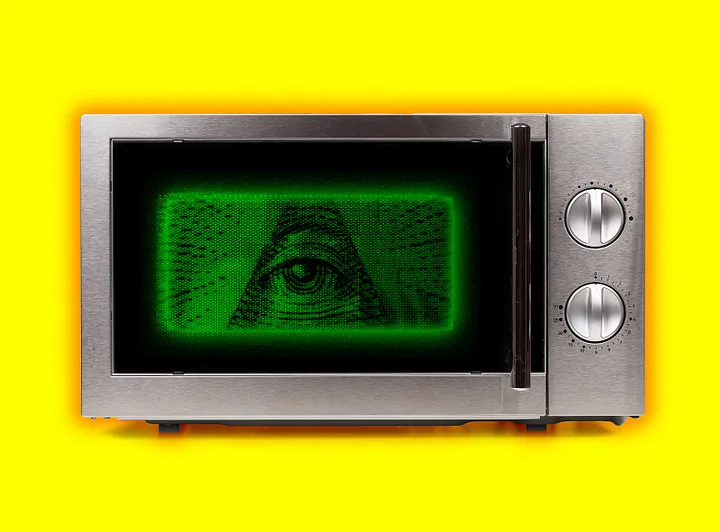In recent years, there has been growing concern about the potential health risks associated with exposure to microwaves. Some people believe that microwave sickness is a real condition that is caused by prolonged exposure to these devices, while others view these claims as mere conspiracy theories. This article will take a closer look at the evidence surrounding microwave sickness, and whether there is any truth to the claims that this condition is a real phenomenon.
The theory behind microwave sickness is that the electromagnetic radiation produced by microwaves can cause harm to the human body, leading to a range of symptoms including headaches, dizziness, fatigue, and skin irritations. Some experts have suggested that the radiation from microwaves can even penetrate the human body, leading to potential damage to the cells and DNA.
Despite these claims, the scientific evidence to support microwave sickness as a real condition is limited. In fact, there have been several studies conducted over the years that have failed to find any evidence of a connection between microwave exposure and health problems. For example, a study conducted by the World Health Organization (WHO) found that the levels of radiation emitted by microwaves are well below the levels considered to be hazardous to human health.
Despite this evidence, the conspiracy theories surrounding microwave sickness continue to persist. Some proponents of the theory argue that the studies conducted by the WHO and other organizations are biased, and that the truth about the dangers of microwave exposure is being covered up. They argue that the radiation from microwaves is being underestimated, and that exposure to these devices is causing harm to people’s health.
However, there are several reasons why these claims are not supported by the scientific evidence. Firstly, the levels of radiation emitted by microwaves are far lower than those from other sources, such as cell phones and Wi-Fi. Secondly, the human body is well equipped to handle exposure to electromagnetic radiation, as it is naturally occurring and is present in many aspects of our daily lives.
In addition, the symptoms that are claimed to be associated with microwave sickness are not specific to this condition, and can be caused by a range of other factors. For example, headaches and dizziness can be caused by stress, lack of sleep, or other medical conditions. Fatigue can be caused by overwork or poor diet. Skin irritations can be caused by a range of factors, including allergies, skin conditions, and exposure to irritants.
In conclusion, the claims that microwave sickness is a real phenomenon are not supported by the scientific evidence. While it is always important to be mindful of the potential health risks associated with exposure to any technology, the evidence does not support the idea that microwaves are causing harm to our health. The best approach is to remain cautious and to follow established guidelines for safe use of microwaves. By doing so, we can continue to enjoy the convenience and benefits of these devices without fear of any potential health risks.












